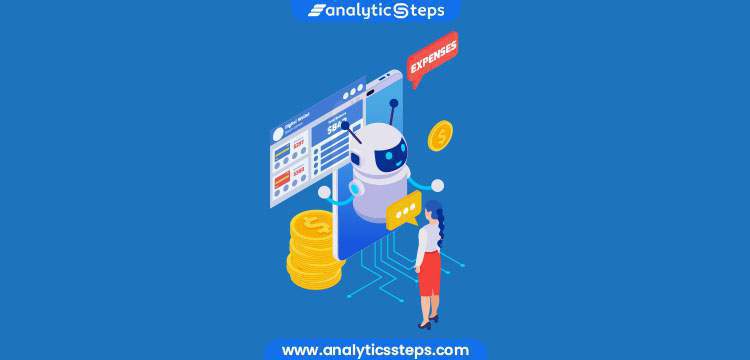3 Reasons Why Businesses Should Constantly Monitor Their IT Risks
- AS Team
- May 07, 2024

Modern businesses heavily rely on technologies for efficient operation and customer service. Unfortunately, this reliance exposes them to various IT risks that threaten their operations and compromise sensitive data. These include cyber attacks and system failures that affect normal business operations and continuity.
Businesses should regularly monitor the status of their IT infrastructure primarily for protection. This is a common strategy for most solid IT compliance frameworks. Below are three key reasons for regular IT monitoring.
1. Prevent Data Breaches
It might seem obvious, but monitoring your business’ IT status helps prevent data breaches. It allows businesses to identify and address vulnerabilities in their systems promptly. Continuous monitoring makes it easy for your IT teams to identify system weaknesses. Weaknesses are mostly outdated software or weak access controls that malicious persons can easily exploit.
Regular monitoring also helps detect anomalies. Monitoring network traffic and user activity allows businesses to detect unusual patterns and signs of potential security breaches. Early detection enables them to mitigate these threats in their early stages swiftly.
Businesses can also easily catch on unusual user behaviors like multiple failed logins or attempts to bypass the security controls. This helps detect insider threats and external attackers before they cause significant damage.
2. Protect Reputation
Businesses should also monitor their IT situation to protect their reputation. For starters, regular monitoring shows you are committed to ensuring a secure business network. Maintaining a secure network mitigates data breaches. Addressing vulnerabilities before cybercriminals exploit them reduces the risk of exposing your client’s sensitive data. Safeguarding customer data and privacy builds business trust and confidence.
Monitoring IT infrastructure also maintains service reliability. Monitoring these systems also involves tracking the performance of various critical systems and applications. Promptly addressing issues within your network prevents possible outages, allowing your business to provide uninterrupted services.
Thirdly, monitoring your IT systems is crucial to compliance adherence. Regular monitoring ensures that you stay updated with relevant industry regulations, especially data privacy and security standards. Adhering to these regulations builds customer trust and mitigates the risk of reputation damage that often comes with non-compliance.
3. Enhanced Incident Report
Monitoring IT infrastructure also improves a business’ response time to incidents. Businesses can proactively identify, analyze, and mitigate potential incidents before they worsen. They can achieve this through.
-
Early detection: Continuously monitoring your infrastructure allows you to detect security incidents in their early stages before they cause significant damage.
-
Rapid response: You can respond faster to an incident if you’ve always been on high alert. Businesses that monitor their systems also likely have incident response procedures that enable swift and coordinated responses to contain an incident.
-
Incident triage and prioritization: Monitoring risks closely helps businesses prioritize their responses to an incident. This is often based on the severity and impact of the incident.
-
Continuous improvement: Businesses that proactively monitor their risks can easily improve their cybersecurity infrastructure. Analyzing previous incidences and monitoring trends allows them to identify areas that need improvement.
Endnote
Regularly monitoring the status of your IT risks is important in the current interconnected world. Staying proactive allows businesses to mitigate most threats and system failures. Businesses can achieve this by deploying monitoring tools or conducting regular security assessments.
Trending blogs
5 Factors Influencing Consumer Behavior
READ MOREElasticity of Demand and its Types
READ MOREAn Overview of Descriptive Analysis
READ MOREWhat is PESTLE Analysis? Everything you need to know about it
READ MOREWhat is Managerial Economics? Definition, Types, Nature, Principles, and Scope
READ MORE5 Factors Affecting the Price Elasticity of Demand (PED)
READ MORE6 Major Branches of Artificial Intelligence (AI)
READ MOREScope of Managerial Economics
READ MOREDifferent Types of Research Methods
READ MOREDijkstra’s Algorithm: The Shortest Path Algorithm
READ MORE

Latest Comments